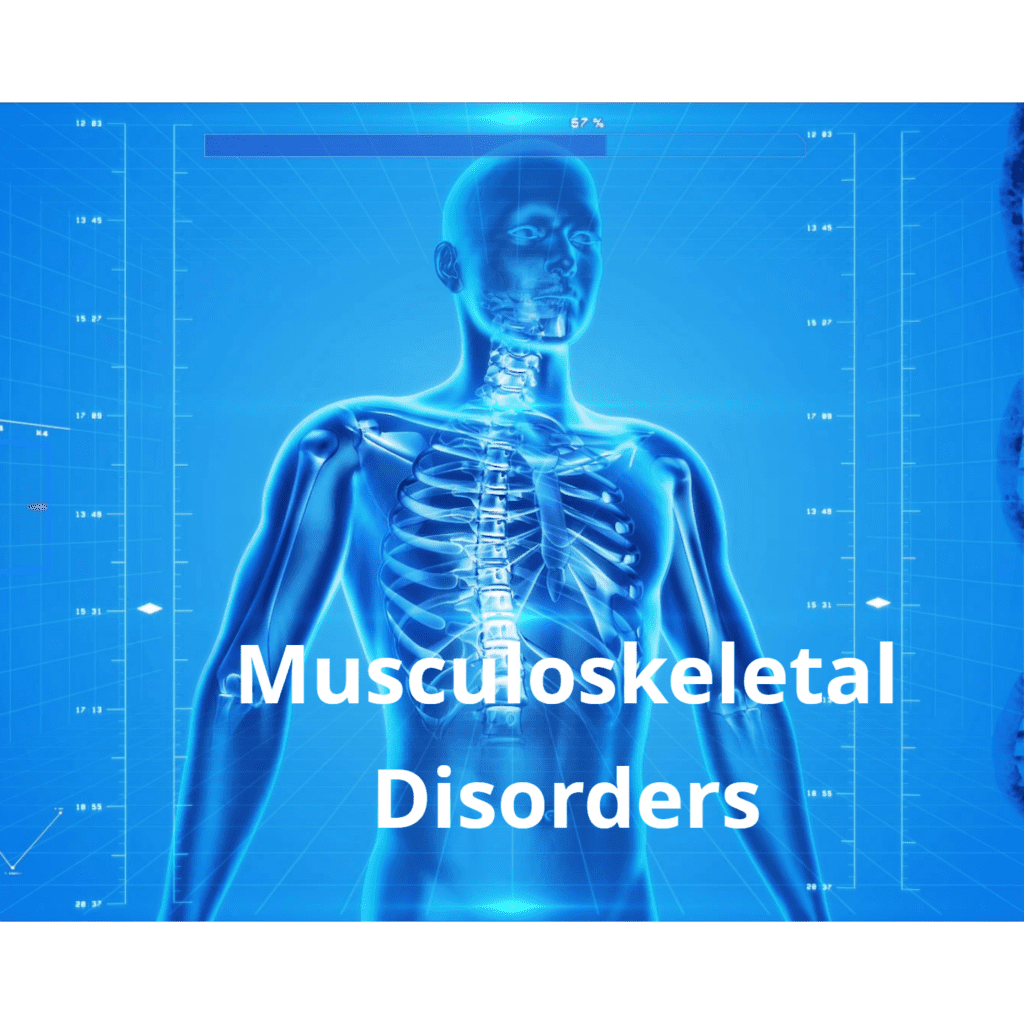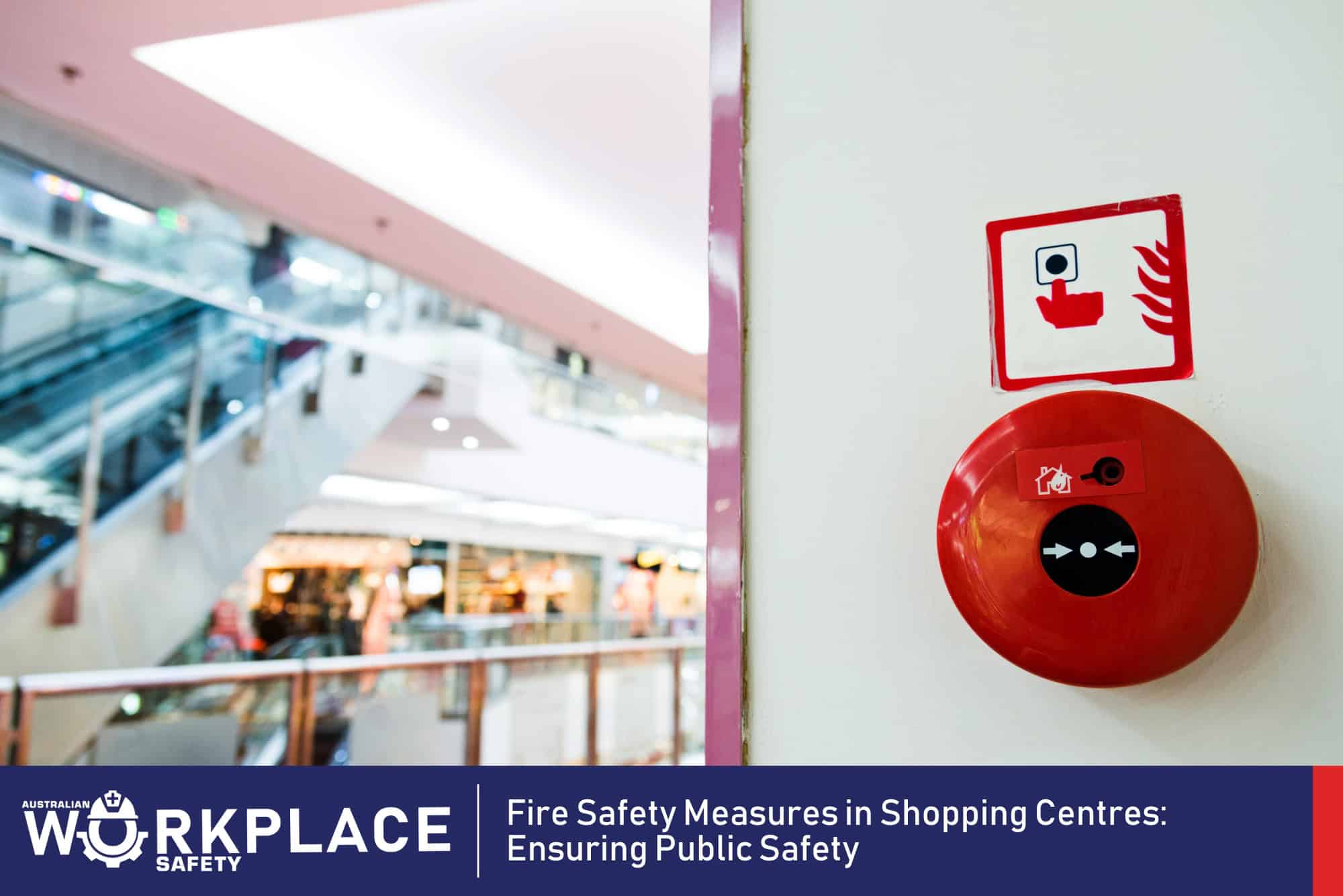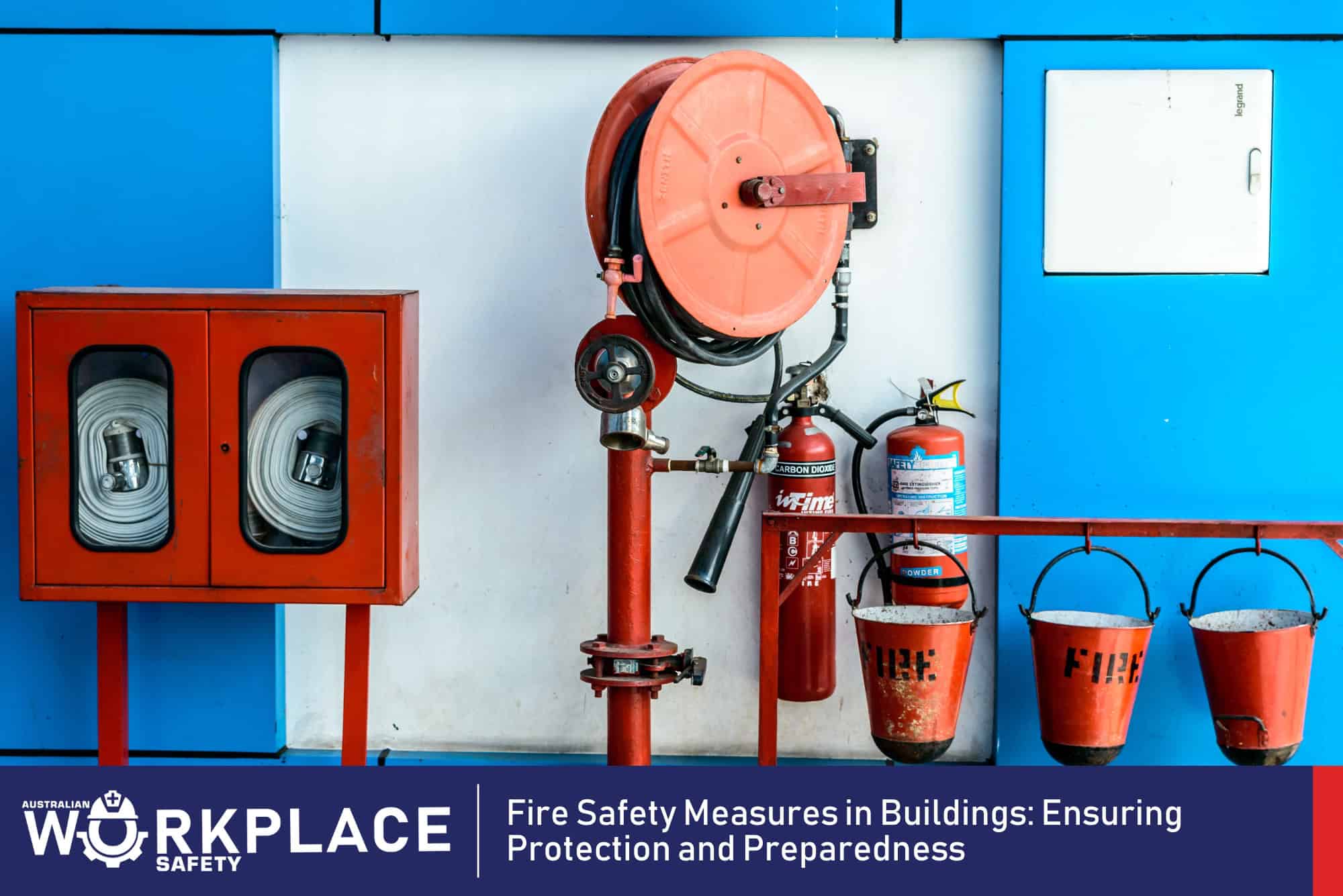A hazardous manual task or manuals handling is an activity that involves any transporting or supporting of a load by one or more workers, and includes lifting, putting down, pushing, pulling, carrying or moving a load, which by reason of its characteristics or unfavourable ergonomic conditions, involves risk, particularly of back injury, to workers.
It can include, repetitive movements, repetitive or sustained force, high or sudden force, sustained or awkward postures or exposure to vibration.
Using poor hazardous manual techniques can result in injuries, joint problems and other long-term musculoskeletal disorders. Furthermore, anxiety and stress, musculoskeletal disorders rank as one of the main reasons for lost time in workplaces.
Musculoskeletal disorder
Musculoskeletal disorders are injuries or diseases of the musculoskeletal system, whose functions is to supports and protects the body. The musculoskeletal system is made up of the bones of the skeleton, muscles, cartilage, tendons, ligaments, joints and other connective tissues that supports and binds tissues and organs together.
SafeWork NSW reports that there were:
- 43,555 serious claims were lodged in 2014-15 for body stressing
- 10% of all serious body stressing claims were lodged by labourers
- 8,500 serious claims for body stressing were lodged by workers in the health care and social assistance industry.
Steps to prevent Musculoskeletal disorder
Musculoskeletal disorders can be prevented by using the hierarchy of control for selecting appropriate control measures for hazardous manual task.
The steps are to:
- Reassess the need for hazardous manual task.
- Employ mechanical lifting aids or equipment.
- Reduce the load risk by using lighter weights or more stable containers.
- Reorganise the activity or environment to further reduce the impact on the individual.
- Ensure appropriate rest breaks, job rotation and training is involved.
- Provide personal protective equipment such as: gloves, foot protection, non-slip footwear.
The assessment helps identify how best to reduce the risk of injury. This should be based on the following hierarchy of control.
Engineering
Engineering is a hierarchy control measure which is often applied when lifting and moving heavy loads.
There are various options available in lifting or moving objects that are large, heavy, obscure or awkward to handle.
These could include the following categories:
- Mechanical lifting aids – such as: Powered trucks, pallet trucks, forklift trucks, stair climbers. These greatly reduce the risk of injury to those moving items, especially if used in conjunction with suitable personal protective equipment i.e., safety footwear, hand protection.
- Hoists, scissor lifts, or vacuum lifting devices are commonly used in workshops, and could be helpful in delivery points or for moving large items around buildings.
- Non-powered trucks e.g. trolleys, sack trucks, cylinder trolleys, dolly or temporary wheels
- The introduction of roller tracks, or similar, to reduce the friction of sliding the boxes, thus avoiding lifting entirely.
- Tracks and Conveyors e.g. roller tracks or specially designed ‘smooth’ surfaces are used for routine activities, such as moving boxes or crates around a localised space.
While these options assist and help prevent the risk of injury to the workers, the operator training in their safe and appropriate use is essential. There may also be requirements for regular checks and inspections of the plant and machinery, as well as a need to wear personal protective equipment as some level of manual lifting and handling may be involved.
Safe Manual lifting techniques
One of the important things to remember in lifting and handling is that hand and foot protection are usually required for hazardous manual task. Whilst hand protection can help ensure a good grip, as well as protecting against other hazards or fatigue; appropriate foot protection helps avoid injury from accidently dropping items or by simply ensuring individuals lifting have sufficient stability before lifting.
The correct hazardous manual task techniques are crucial and there are 4 main key areas that should be consider:
They are:
- the nature of the task,
- the capabilities of the individual performing it,
- the type of load and
- the environment the hazardous manual task is taking place in.
It is also important to consider the 7 basic principles of hazardous manual which are to:
- Plan your lift: …
- Position your feet: …
- Ensure a good posture: …
- Maintain a firm grip: …
- Lift smoothly: …
- Keeping close to the load: …
- Put it down… then adjust it:
Whether employing engineering controls or manual lifting options safety procedures and training are paramount in preventing injuries. Poor hazardous manual techniques can result in long-term musculoskeletal disorders
“Remember, a small size does not always mean a light load..”
~ Safetyrisk.net






